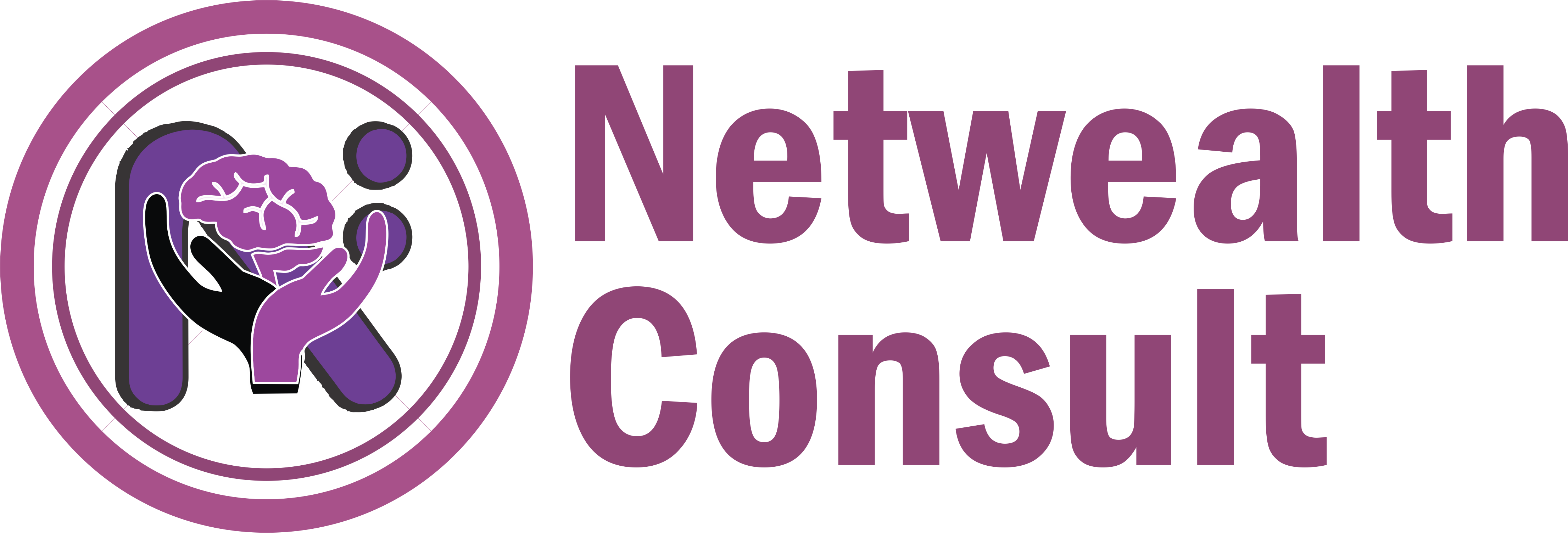
At a bustling consulting firm in Abuja, the Monday team meeting was in full swing. The sales team had missed their quarterly target by a significant margin. Morale was low, frustration was high, and some employees felt anxious about the future.
But instead of addressing the real challenges, the manager smiled and said:
“Don’t worry team, everything is fine! Just stay positive and good things will happen.”
At first glance, this might sound encouraging. But over time, employees noticed a pattern. Every problem was met with a cheery dismissal: like “Failure is not an option so let’s not talk about it.”
What happened next was predictable.
Team members stopped voicing concerns. Employees bottled up frustrations. Stress grew in silence. Creativity dwindled. Eventually, people started leaving not because of the targets, but because the workplace culture refused to acknowledge reality.
This is the subtle danger of toxic positivity at work. It disguises itself as optimism but, in practice, it invalidates emotions, discourages honesty, and blocks problem-solving.
What Is Toxic Positivity?
Toxic positivity is the excessive and ineffective overgeneralization of a happy, optimistic state across all situations.
In simpler terms: it’s when positivity becomes so forced that it denies reality, silences authentic emotions, and creates pressure to “fake happiness” no matter what.
While optimism is a powerful psychological resource, toxic positivity crosses the line when it:
- Dismisses legitimate struggles
- Discourages honest dialogue
- Imposes cheerfulness as a requirement
- Shames employees for feeling stressed, anxious, or disappointed
The Psychology behind Toxic Positivity
From a psychological perspective, toxic positivity undermines one of the most fundamental needs in the workplace: psychological safety.
According to organizational psychologist Amy Edmondson, psychological safety is the belief that you can express concerns, ideas, and mistakes without fear of punishment or ridicule. (Edmondson, 1999)
Toxic positivity destroys this by:
- Emotional Suppression: Employees are encouraged to hide or deny real feelings. Chronic suppression has been linked to higher stress, burnout, and even physical illness.
- Invalidation of Experience: When someone says, “Don’t be negative, just be happy,” it signals that their authentic experience doesn’t matter. This erodes trust.
- Unrealistic Expectations: Overemphasis on optimism creates pressure to perform emotional labor, pretending to feel good even when struggling.
- Cognitive Dissonance: Employees feel torn between what they genuinely feel and what they are expected to display, leading to disengagement.
The Hidden Costs of Toxic Positivity at Work
While “positivity” may seem harmless, its long-term effects can be costly to organizations:
- Reduced Innovation: Employees stop raising uncomfortable truths or challenging the status quo.
- Low Engagement: Workers feel disconnected when their emotions are invalidated.
- Burnout: Suppressed emotions eventually manifest as exhaustion and withdrawal.
- High Turnover: Professionals leave cultures that silence authnticity.
Toxic positivity doesn’t just harm individuals; it directly impacts organizational resilience and bottom-line performance.

The Healthy Alternative: Authentic Optimism
So, what’s the difference between toxic positivity and healthy optimism?
- Toxic Positivity says: “Everything is fine. Don’t complain.”
- Healthy Optimism says: “This is tough. Let’s acknowledge it, and then find a way forward.”
The psychology of resilience teaches us that naming emotions and validating experiences is not weakness it’s the foundation of problem-solving and growth.
How Leaders Can Prevent Toxic Positivity
1. Normalize Honest Conversations
Encourage employees to share struggles without judgment. Acknowledge challenges before pivoting to solutions.
For Example: “I hear that this project has been stressful. Let’s talk about what’s working and what isn’t.”
2. Balance Hope with Reality
Optimism is powerful when it’s paired with realism. Employees respect leaders who admit challenges but inspire confidence in navigating them.
for example: “We missed our target, but here’s how we’ll adjust strategy together.”
3. Model Vulnerability
Leaders who admit their own setbacks create a culture where authenticity is valued over performance masks.
For example: “I also felt frustrated about the delay, but I’m learning to manage it by…”
4. Train Emotional Intelligence
Emotional Intelligence helps leaders recognize, understand, and respond appropriately to emotions: their own and others. This prevents dismissive “just be positive” responses.
Consider enrolling managers for training
5. Create Safe Spaces for Reflection
Build regular forums, team check-ins, wellness workshops, or one-on-one sessions where employees can process challenges constructively. Use guided questions like: “What’s been hardest this week, and what support would help?.
The truth is, positivity isn’t the problem. Positivity becomes harmful when it’s used to silence real emotions instead of supporting them.
Professionals thrive in workplaces where challenges are acknowledged, emotions are validated, and optimism is authentic. That is the kind of culture that doesn’t just survive change it grows stronger through it.
At Netwealth Consult Training and Development, we specialize in building psychologically safe workplaces where leaders can balance optimism with authenticity, we believe that the future of sustainable success lies in creating environments where optimism is balanced with honesty, and positivity fuels progress and not denial.
